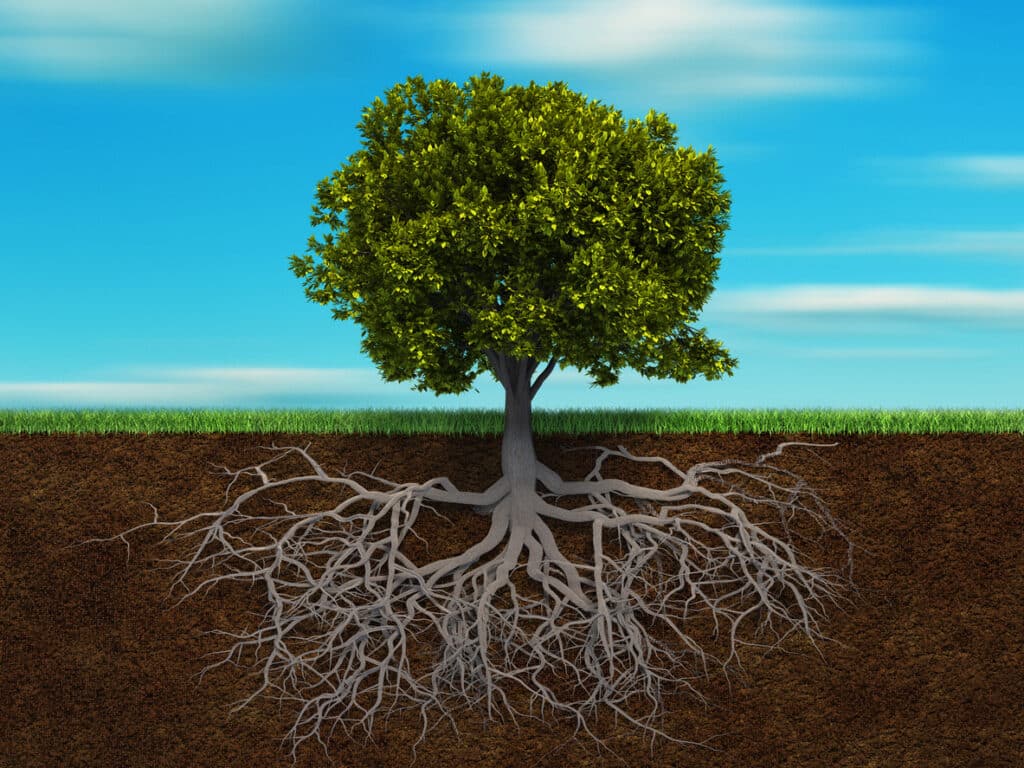Roots can become damaged from a number of things, from physical damage to fungal infections. You should always be on the lookout for signs of tree root problems. Here are four signs that your tree may have damaged roots.
1. Leaf Scorch
Leaves that are scorched will look shriveled and brown. Damaged roots often fail to transport water to the leaves. A lack of water can lead to leading to leaf scorch. This condition is normally most prevalent at the tip of branches.
Since leaf scorch can also occur due to other conditions, it is advisable that you contact a professional tree service company immediately. Using the right equipment, knowledge, and experience, the company will let you know whether the scorching of leaves your tree is experiencing is a sign of damaged roots.
2. Fungal Infections
A fungal infection, like Armillaria, causes root rot. Root rot spreads gradually through the root system. When left untreated, root rot can lead to the growth of conks and mushrooms, which not only thrive along the roots but also around the base of the affected tree. If this is not well tackled, fungi may spread upwards and into the tree canopy.
3. Slow Growth
A tree with healthy roots should grow at a steady rate. Of course, this depends on the species of the tree. While several factors, such as low nutrients and soil type, can make a tree grow slower, you should check the roots of your tree.
This is particularly important if your tree gets sufficient nutrients and is watered regularly. A failing root system is unable to absorb nutrients and moisture as needed. For this reason, it may make leaves become smaller than usual and, in general, lead to slow growth.
4. Branch Dieback
Branch dieback occurs when a section of branches lacks sustenance and, therefore, starts to die. The roots of your tree play a crucial role in connecting to the vascular system of your tree. One of the roles of this vascular system is to carry nutrients and water from the roots to the branches.
This means if one section of the root system is damaged, the corresponding section will suffer from branch dieback. It is recommended that you contact a professional immediately after you notice branch dieback.
Spotting the signs of damaged tree roots early enough can help save your tree. To do this, you need to work with a professional and highly experienced tree service company. Contact us at Charleston Stump Stompers in Charleston, SC for all your tree care needs, including emergency services.

